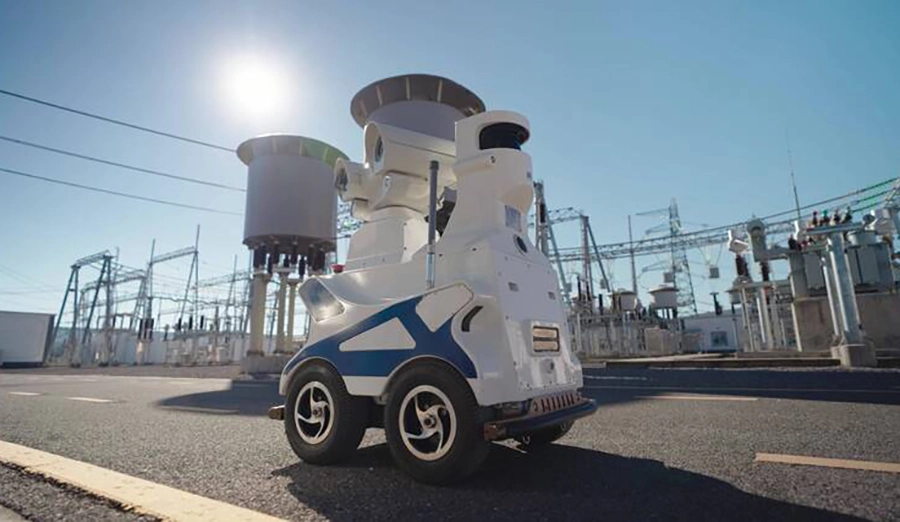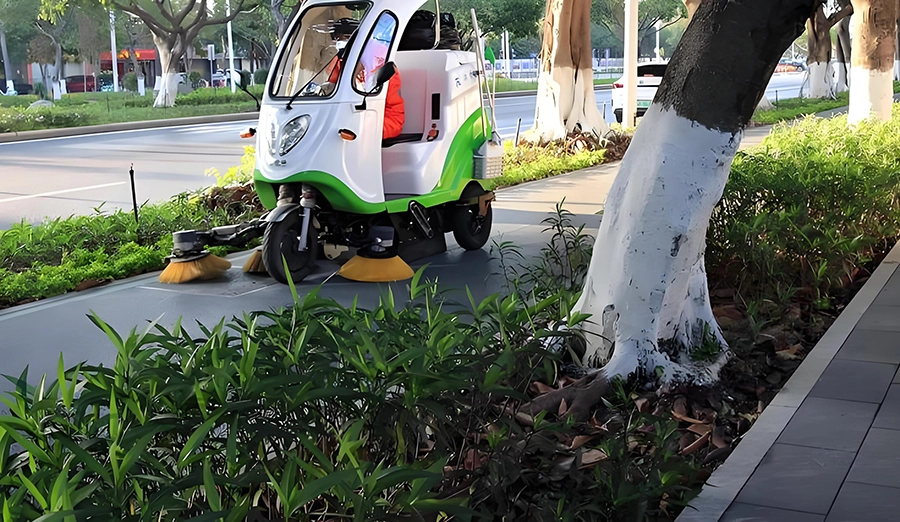
WIRELESS CHARGING IN THE NEWS
At the World Robot Conference in 2024, the fusion of cutting-edge technology and practical applications has attracted wide attention. The conference not only displayed a variety of cutting-edge humanoid robots, but also presented intelligent robot products that have landed, allowing people to see the future development direction of the robot industry. The exhibition, held at the Beijing Economic and Technological Development Zone, attracted innovative companies and experts from around the world, demonstrating how robotics is moving from the lab to everyday life.
During the conference, the participating companies demonstrated their abilities and brought many amazing technical achievements. At the Ulridge Tech booth in Hall B, a humanoid robot simulates a variety of tasks in a home environment, from folding laundry to making burgers, as if it were an omnipotent "robot butler." Yang Fengyu, the company's founder, said their goal is to get robots into every home. Their humanoid robot not only has powerful tactile sensing technology, but can also perform delicate operations such as plugging in a phone's charging cable. Yang Fengyu, as a post-00 entrepreneur, shows the innovative ability and ambition of young people in the new era.
Also attracting attention are the exhibits of Deep Cloud technology. Their first public demonstration of a humanoid robot, Dr.01, not only has functions such as obstacle crossing, but also has a more bionic gait through reinforcement learning and big data training. In a live demonstration, the Dr.01 was even able to remain stable while being pushed and prodded, undoubtedly demonstrating the potential of humanoid robots to adapt to complex environments. Yushu's G1 humanoid robot is more positioned as a general hardware platform, aiming to provide a flexible development platform for scientific research institutions and technology companies.
However, while humanoid robots show infinite possibilities in the future, their commercial implementation still faces many challenges. Fu Sheng, chairman of Cheetah Mobile, is cautious about this, believing that the stability, energy consumption and cost of biped robots have not been solved, and it is difficult to large-scale commercialization in the short term.
Compared with the technological frontier exploration of humanoid robots, intelligent robots that have successfully landed in catering, education and other fields show a more realistic commercial prospect. Taking Qinglang as an example, its catering robots have been widely used in well-known restaurants such as Haidilao, successfully seizing the market opportunity of contactless delivery needs. Sensetime Technology and Taoyun Technology in the field of education also exhibited their respective new products at the exhibition, allowing robots to occupy a place in the education market through technological innovation and cost optimization.
With the development of AI large language model technology, the robotics industry is entering a new stage of exploration. How to combine AI technology with the practical application of robots has become the focus of the industry. Zhu Hui, product leader of Galaxy General, said that embodied intelligence is an important direction of the future of robotics, and combining the general perception and decision-making ability of large models with the executive ability of robot ontology can create a revolutionary universal robot. However, at present, this field is still in the early stage, and how to effectively combine these technologies in practical applications needs further research and exploration.
The World Robot Conference not only shows the infinite possibilities of the technological frontier, but also reveals the long process from the laboratory to real life. Whether it is the progress of technology or the development of the market, the robot industry is constantly moving toward the goal of making technology truly benefit the public.







